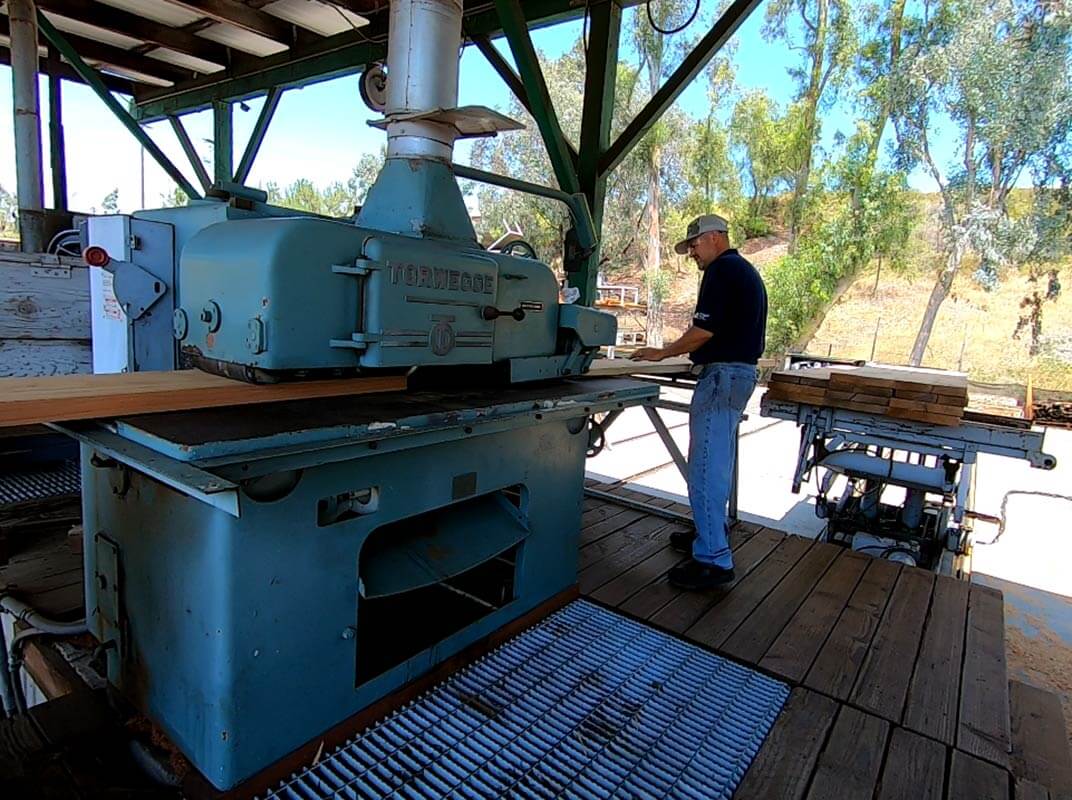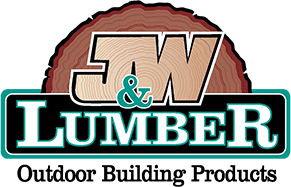
When visiting your local lumber company, there’s a lot of jargon that may float your way. Some of it may sound familiar, while other terms may leave a trail of questions marks behind. Take the opportunity to learn about what this lumber lingo means so you can start to feel more confident as you’re sourcing materials and planning your next project.
You may be surprised to learn that you’re already speaking the language but may not have realized there’s a specific term to sum up what you need. Here are a few of the most commonly used terms we hear and use around the lumber yard to get you started.
Green – Lumber that’s still “wet”. There’s a higher moisture content because the wood has been cut down more recently. Over time, as the moisture evaporates, it becomes dry.
Kiln-dried or KD – Lumber that’s been dried in a kiln to speed up the drying process. Kiln drying benefits the wood because its moisture content is reduced in a more controlled environment, often making the board more stable.
Free of heart center – Wood that does not include the very center of the tree. Visually, it won’t have a bulls-eye at the end of the board, and it will typically perform better.
Exposed – Material that is intended to be seen. After the final steps of installation, the material will not be wrapped or covered by some other material, hence it is exposed. Exposed material should be more attractive than material that will be hidden.
Tongue and groove (T&G) – With T&G boards, the tongue is in the middle with an interlocking groove on the other side making for easy installation and a seamless look.
Shiplap – Similar to tongue and groove, shiplap boards consist of a notch on the top of one side with another notch along the bottom of the other side. The board is then laid flat against the wall interlocking on top of each other.
On center (OC) – On center is a measurement to determine spacing. For example, with patio covers, measuring the center of one post to the center of another is used to frame the construction, regardless of the size of each of the posts.
Rough – Rough lumber planks typically have a thicker texture and the size can also vary from board to board. The texture is rough to the touch. They deliver a more rustic look for outdoor spaces like fences, garden boxes, or patio covers.
Resawn – Wood that’s resawn to a specific dimension and texture to create uniform planks and brighten up the appearance of the wood.
S4S – Finished lumber surfaced on four sides that are uniform in thickness and smoothness.
Fire-rated – Designation for materials that have fire resistance built into the construction, a term commonly used for building projects in Southern California.
WUI – An acronym that stands for wildland-urban interface and is defined by an area where a home and wildland vegetation intermingle. When sourcing materials that are WUI-approved, they must be specifically designed to mitigate the risk from wildfire to life and property.
Whether or not you’re already familiar with the majority of these terms, we don’t want you to feel intimidated when asking for what you need. Talk with any one of our specialists and we can help you determine what makes sense for your project. Though, after a few trips to your local lumber company and reading up on new home design trends, you’ll soon start speaking the lingo, too.
Ready to talk about your next project? Stop by a J&W Lumber store today and let us help you get started.
